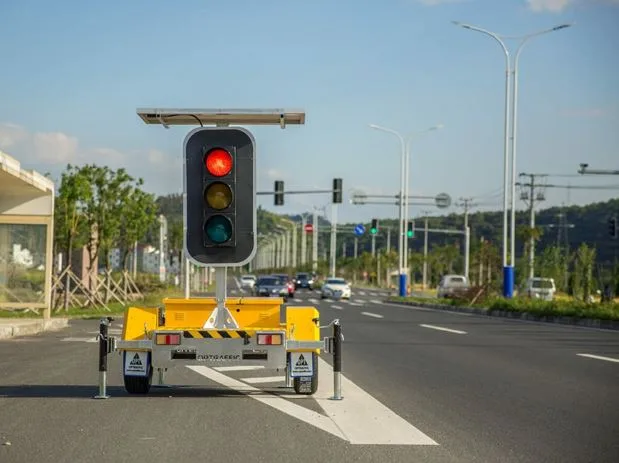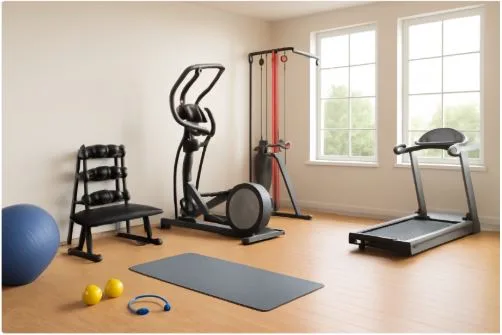What Is Removal Tech? The Future of Modern Demolition
Demolition work has come a long way from the days of simple sledgehammers and wrecking balls. Advanced removal technology is revolutionizing how buildings come down, making the process safer, more precise, and environmentally responsible. Whether you’re planning a home renovation or managing a large-scale commercial project, understanding these technological advances can help you make informed decisions about your demolition needs.
Removal tech encompasses the cutting-edge tools, techniques, and methodologies that demolition companies use to dismantle structures efficiently while minimizing environmental impact. From robotic demolition equipment to advanced dust suppression systems, these innovations are transforming an industry that was once known primarily for brute force approaches.
This comprehensive guide explores the various types of removal technology available, their benefits, and what property owners should consider when selecting a demolition company that utilizes these modern approaches.
Types of Removal Technology Transforming Demolition
Robotic Demolition Equipment
Remote-controlled demolition robots represent one of the most significant advances in removal tech. These compact machines can access tight spaces that traditional excavators cannot reach, making them ideal for interior demolition work and projects with height restrictions.
These robots offer precision cutting and can work in hazardous environments without putting human operators at risk. Many models feature interchangeable attachments, allowing them to handle everything from concrete breaking to steel cutting in a single project.
High-Reach Demolition Arms
For tall structures, high-reach demolition arms extend the capabilities of traditional excavators. These specialized attachments can reach heights of up to 200 feet, allowing controlled demolition of multi-story buildings, floor by floor.
This technology enables demolition companies to work more safely and efficiently on high-rise projects while maintaining better control over debris fall patterns and dust generation.
Advanced Cutting Technologies
Modern removal tech includes sophisticated cutting systems that can slice through various materials with minimal vibration and noise. Diamond wire cutting, concrete sawing, and plasma cutting technologies allow for surgical precision in structural dismantling.
These methods are particularly valuable in urban environments where nearby structures must be protected, or when salvaging specific building components for reuse or recycling.
Environmental Benefits of Modern Removal Tech
Dust and Noise Control Systems
Contemporary demolition companies employ advanced dust suppression systems that use misting technology and specialized chemicals to minimize airborne particles during demolition. These systems protect both workers and nearby communities from health hazards associated with construction dust.
Sound-dampening technologies, including acoustic barriers and quieter machinery, help reduce noise pollution during demolition projects. This consideration is crucial for projects in residential areas or near hospitals, schools, and other sensitive locations.
Material Recovery and Recycling
Removal tech includes sophisticated sorting and processing equipment that can separate different materials during demolition. This technology enables higher rates of material recovery, reducing waste sent to landfills and supporting sustainable construction practices.
Advanced crushing and screening equipment can process concrete and masonry on-site, creating reusable aggregate materials that can be incorporated into new construction projects.
Safety Enhancements Through Technology
Remote Operation Capabilities
Many modern demolition tools can be operated remotely, keeping workers at safe distances from potentially dangerous operations. This remote capability is especially valuable when dealing with structurally compromised buildings or hazardous materials.
Remote monitoring systems allow supervisors to oversee multiple aspects of a demolition project simultaneously, ensuring safety protocols are followed and identifying potential hazards before they become serious problems.
Structural Monitoring Systems
Advanced sensors can monitor building stability during demolition, providing real-time data about structural integrity. This information helps demolition teams adjust their approach as needed to prevent unexpected collapses or structural failures.
These monitoring systems are particularly important for projects involving partial demolition or renovation work where portions of a structure must remain intact.
Choosing a Demolition Company with Advanced Removal Tech
Evaluating Technology Capabilities
When selecting a demolition company, inquire about their equipment inventory and technological capabilities. Companies that invest in modern removal tech typically provide more efficient service and better project outcomes.
Ask potential contractors about their experience with projects similar to yours and request examples of how their technology has benefited previous clients. A reputable demolition company should be able to explain how its removal tech approach will address your specific project requirements.
Certification and Training
Ensure that any demolition company you consider employs operators who are properly trained and certified to use advanced removal technology. These sophisticated systems require specialized knowledge to operate safely and effectively.
Look for companies that maintain current certifications from industry organizations and invest in ongoing training for their personnel. This commitment to professional development typically indicates a company that takes both safety and quality seriously.
Project Planning and Consultation
The best demolition companies use removal tech not just for execution but also for project planning. Advanced surveying tools, 3D modeling software, and structural analysis programs help create detailed demolition plans that account for all project variables.
During initial consultations, experienced contractors should be able to explain how their technological approach will address challenges specific to your site, timeline, and budget requirements.
The Economics of Advanced Removal Technology
Cost-Benefit Analysis
While removal tech may involve higher upfront costs compared to traditional demolition methods, the long-term benefits often justify the investment. Increased efficiency, reduced labor requirements, and faster project completion can result in overall cost savings.
Additionally, the environmental benefits and improved safety record associated with advanced removal tech can help avoid costly delays, fines, or liability issues that might arise from traditional demolition approaches.
Project Timeline Advantages
Modern removal technology typically reduces project timelines significantly. Robotic equipment can work continuously without breaks, and precision cutting reduces the time needed for manual cleanup and sorting.
Faster project completion means reduced impact on surrounding businesses and communities, which can be especially valuable for commercial demolition projects in busy urban areas.
Taking the Next Step with Modern Demolition
Removal Tech represents the future of responsible demolition, making projects safer for workers, less disruptive to communities, and more environmentally sustainable than ever before.
When planning your next demolition project, consider partnering with a demolition company that embraces these technological innovations. The initial investment in advanced removal tech services typically pays dividends through improved project outcomes, reduced environmental impact, and enhanced safety performance.
Research local demolition companies to learn about their technological capabilities and approach to modern removal challenges. The right partner will combine cutting-edge removal tech with experienced project management to deliver results that meet your specific needs while supporting broader environmental and safety goals.





